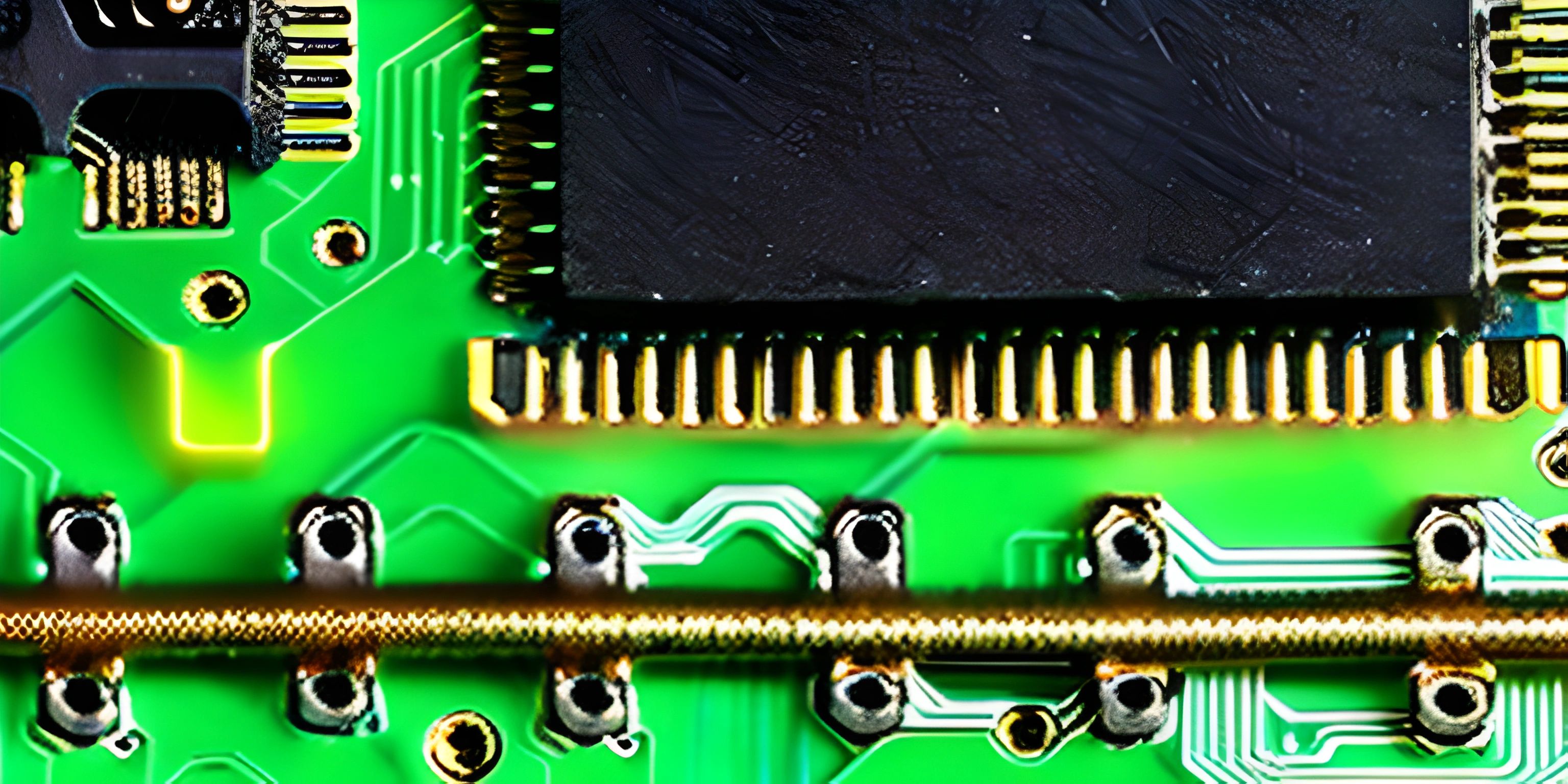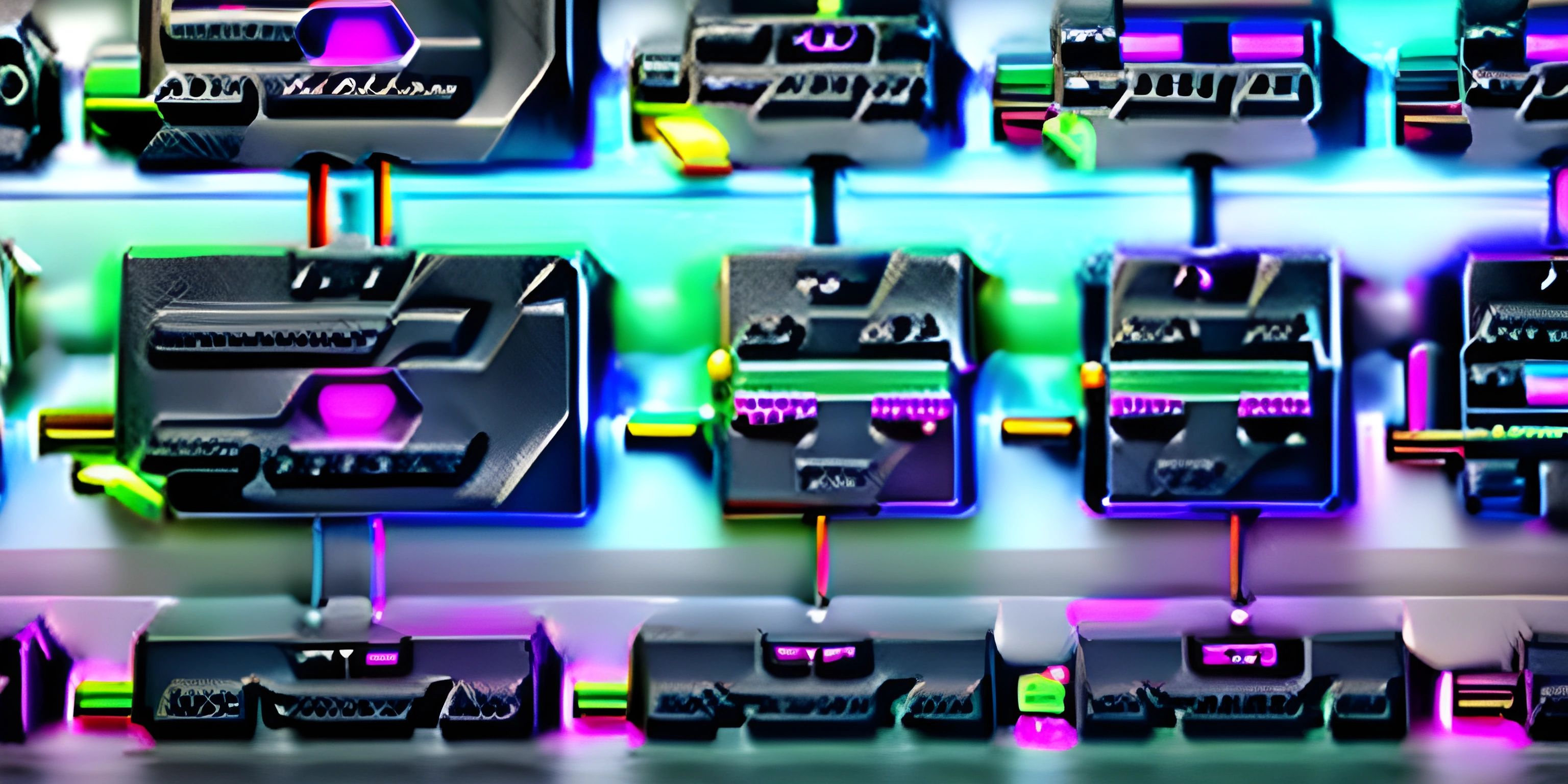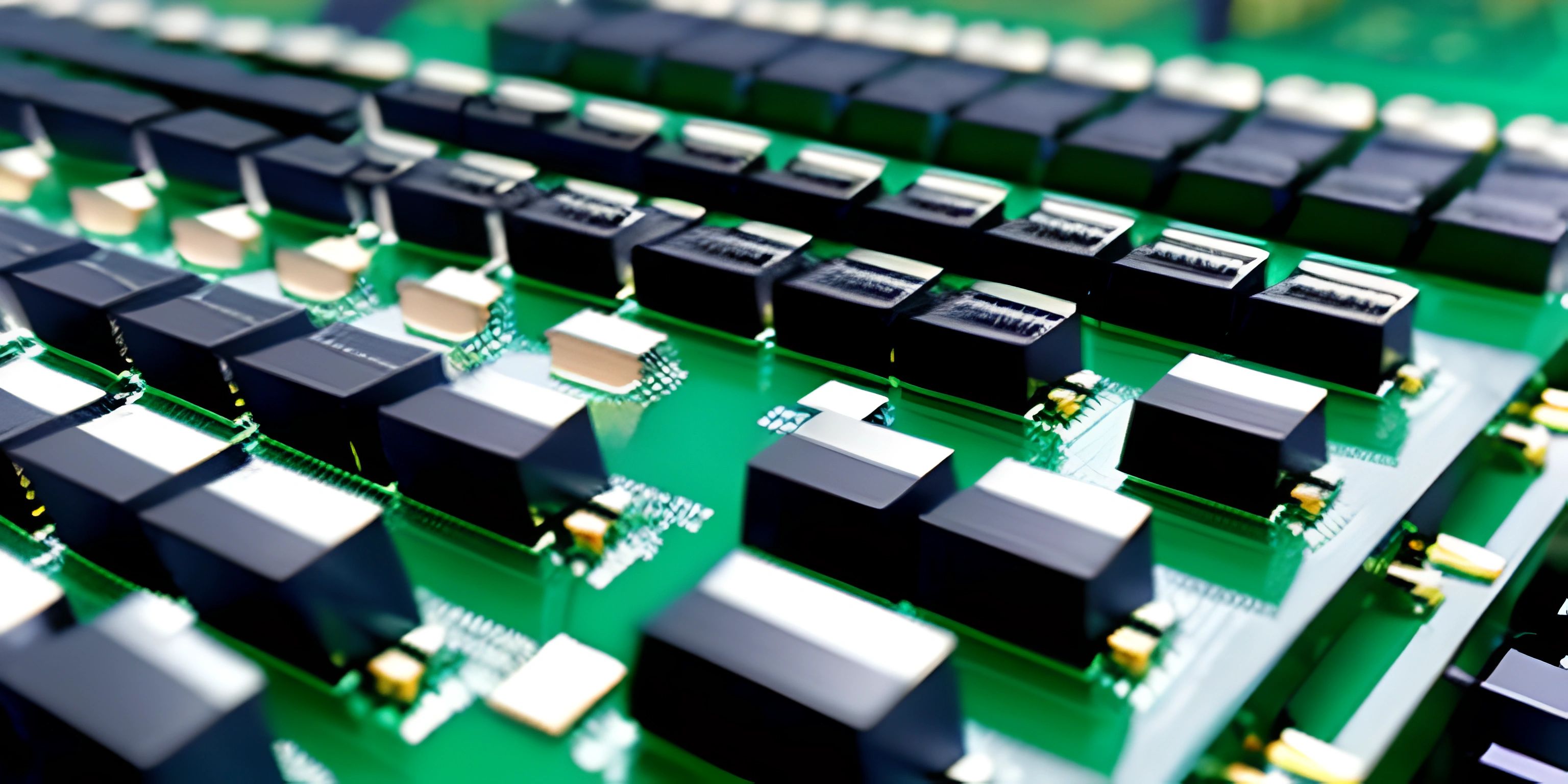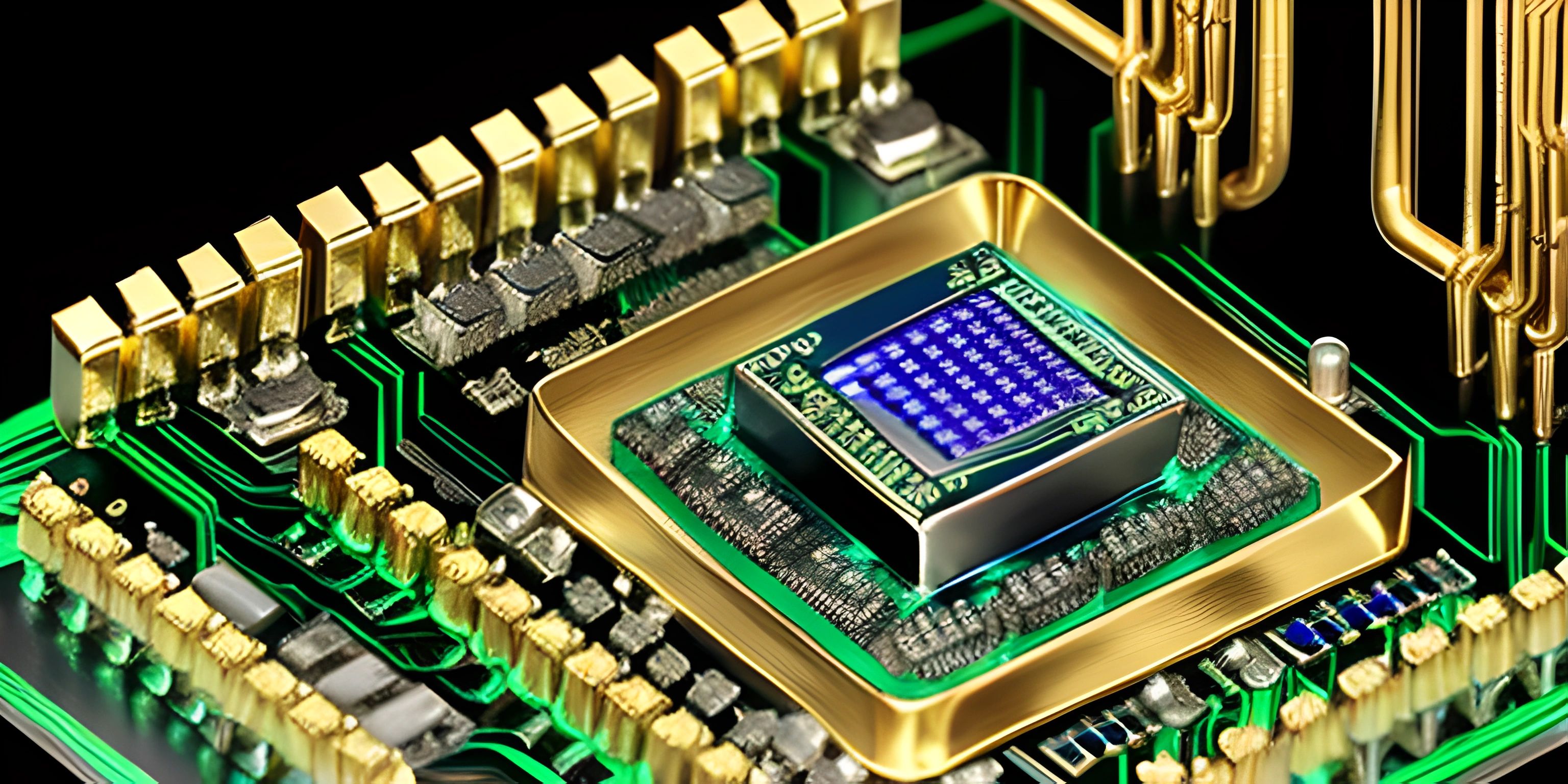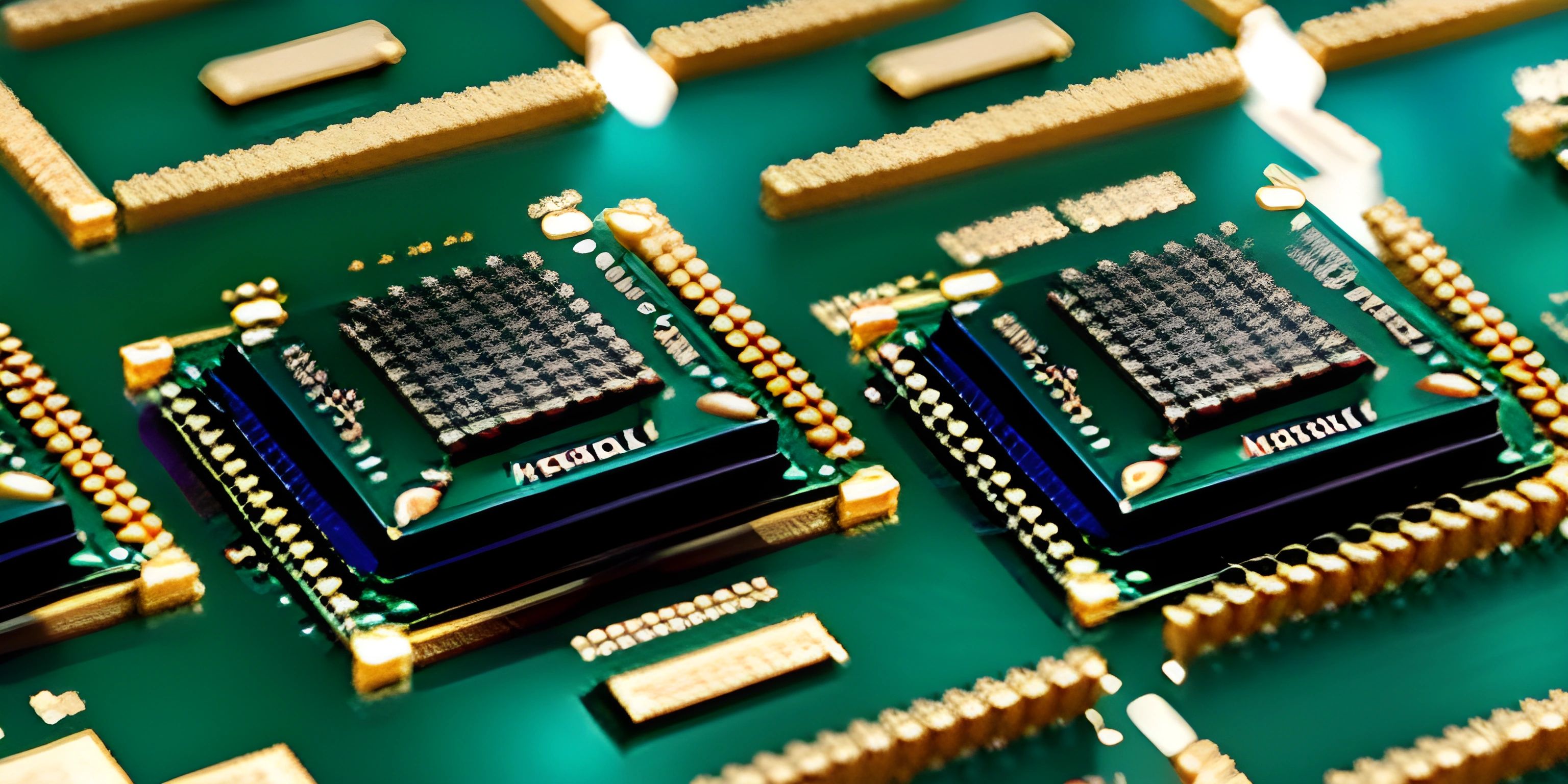RAM Explained: Understanding What RAM Is and How It Works
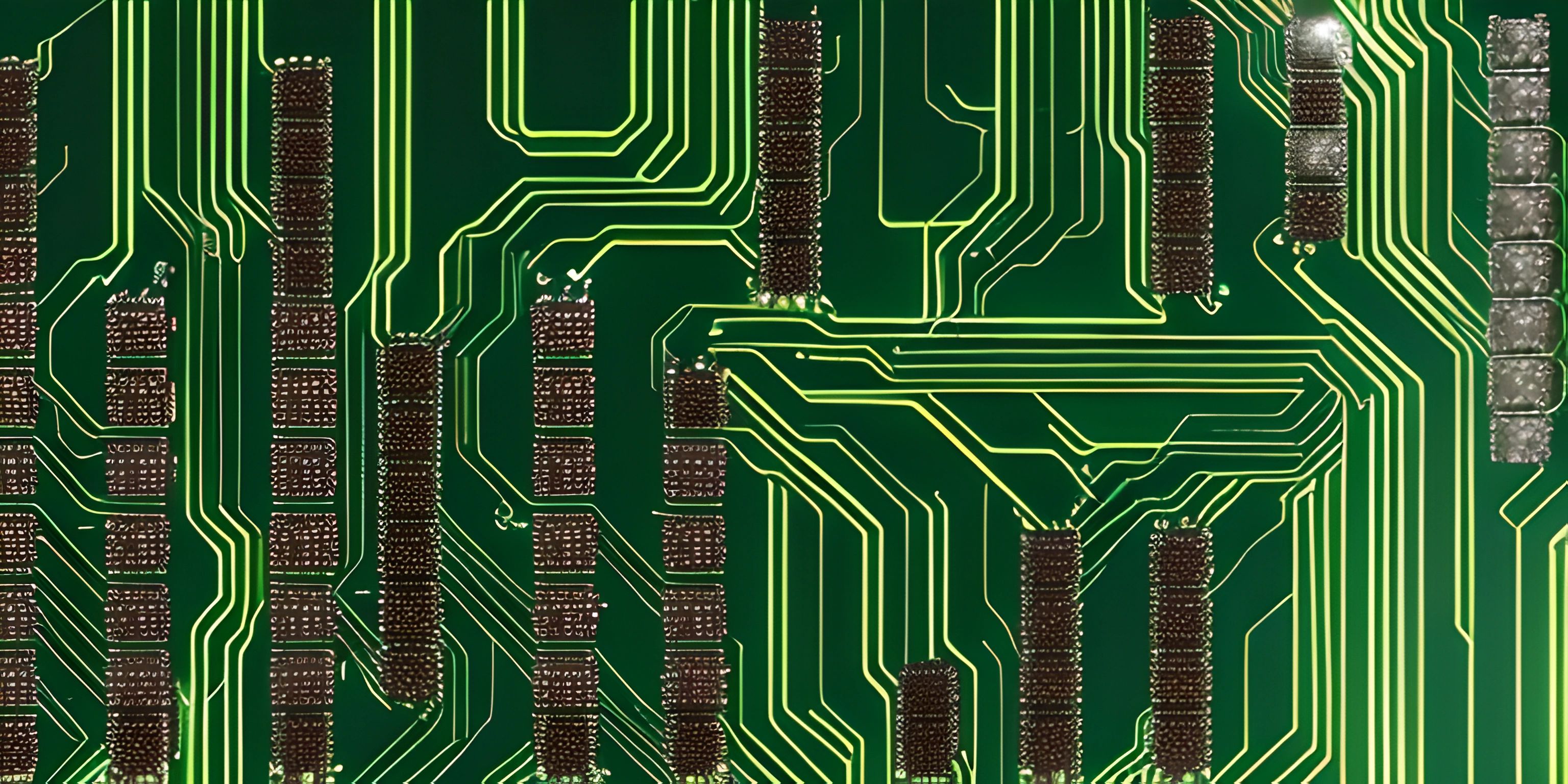
Note: this page has been created with the use of AI. Please take caution, and note that the content of this page does not necessarily reflect the opinion of Cratecode.
Every computer has a brain known as the CPU, and like any brain, it needs a place to store and access information. In the world of computers, RAM (Random Access Memory) is that storage facility. RAM plays a crucial role in your computer's performance and makes multitasking a breeze. So, let's dive into the world of RAM and explore how it works.
What is RAM?
RAM is a type of memory that temporarily holds data and instructions for your computer to process. Unlike hard drives or SSDs, RAM does not store data permanently. Instead, it acts as a temporary workspace for your computer to perform tasks quickly.
Think of RAM like a chef's workspace in a kitchen. The bigger the workspace, the more ingredients and tools the chef can have at hand, making it easier to prepare complex dishes. Similarly, the more RAM your computer has, the more data and applications it can handle simultaneously, leading to smoother performance.
How Does RAM Work?
At the heart of RAM are memory cells, which store data in the form of binary digits (0s and 1s). These memory cells are organized in rows and columns, creating a grid-like structure. Each cell has a unique address that the CPU uses to access and modify the stored data.
When you open an application or a file, your computer loads the necessary data from your storage device into RAM. The CPU then processes this data and sends it back to RAM, where it's stored until it's needed again or until the power is turned off. This back-and-forth communication between the CPU and RAM is what allows your computer to perform tasks quickly.
Types of RAM
There are two main types of RAM: DRAM (Dynamic Random Access Memory) and SRAM (Static Random Access Memory).
DRAM
DRAM is the most common type of RAM found in personal computers. It's relatively inexpensive and provides a good balance between speed and cost. However, DRAM needs to be refreshed periodically because it loses data over time due to leakage currents. This refresh process can slightly slow down the overall performance, but it's still an excellent choice for general computing tasks.
SRAM
SRAM is faster and more stable than DRAM because it does not need to be refreshed. However, SRAM consumes more power and is more expensive to produce. Due to these factors, SRAM is typically used in smaller quantities and specialized applications, such as cache memory in CPUs.
Why is RAM Important?
As mentioned earlier, RAM acts as a temporary workspace for your computer. Having more RAM means your computer can store more data for quick access, reducing the need to load data from slower storage devices. This directly impacts your computer's performance, especially when multitasking or running resource-intensive applications.
In summary, RAM is an essential component of any computer system. It enables your computer to perform tasks quickly and efficiently by providing a temporary workspace for data and instructions. Understanding how RAM works and its different types can help you make informed decisions when upgrading or building a new computer. So, next time you're shopping for a new device or upgrading your current one, remember the importance of RAM and choose wisely.
Hey there! Want to learn more? Cratecode is an online learning platform that lets you forge your own path. Click here to check out a lesson: Rust - A Language You'll Love (psst, it's free!).
FAQ
What is RAM and why is it important in computer systems?
RAM, or Random Access Memory, is a crucial component of computer systems, responsible for temporarily storing data and instructions that the CPU (Central Processing Unit) needs to execute tasks. RAM allows the CPU to access data quickly, enabling smooth performance and multitasking capabilities. The more RAM a system has, the more data it can store and access, which generally results in better overall performance.
How is RAM different from other types of memory, like ROM or hard drives?
RAM differs from other types of memory in several ways:
- RAM is volatile memory, meaning it only stores data when the system is powered on, and loses all its contents when powered off. In contrast, ROM (Read-Only Memory) and hard drives are non-volatile, retaining their data even when the system is turned off.
- RAM allows for quick read and write operations, enabling fast access to data and instructions for the CPU. Hard drives and ROM, on the other hand, have slower read and write speeds.
- RAM is used for temporary storage of data and instructions, while ROM and hard drives are used for long-term storage and maintaining system files.
What are the different types of RAM, and how do they differ from each other?
The two main types of RAM are DRAM (Dynamic Random Access Memory) and SRAM (Static Random Access Memory). They differ in the following ways:
- DRAM stores data using capacitors, which need to be refreshed periodically to maintain the stored data. SRAM, on the other hand, uses flip-flops to store data and does not require constant refreshing.
- SRAM is faster and more expensive than DRAM, as it offers quicker access times and lower power consumption. DRAM is slower and less expensive, but offers higher storage capacities.
How can I determine how much RAM my computer has and if I need to upgrade it?
To check the amount of RAM installed on your computer, follow these steps depending on your operating system:
- For Windows: Press
Ctrl+Shift+Escto open the Task Manager, and click on the "Performance" tab. The total amount of RAM will be displayed under "Memory." - For macOS: Click on the Apple menu, then "About This Mac." The total amount of RAM will be displayed in the "Memory" section. Upgrading RAM may be beneficial if you consistently experience slow performance, frequent crashes, or find that your system struggles with running multiple applications simultaneously. It's also important to consider the maximum amount of RAM supported by your computer's motherboard and the type of RAM compatible with your system before upgrading.

